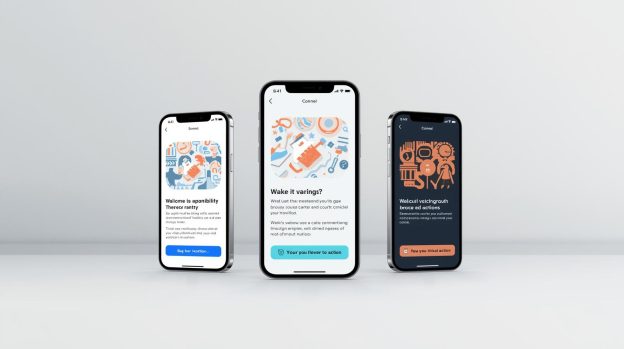FOMO Done Right: Examples of App Notifications That Drive Action (and Why They Work)

Do you know what’s currently working for almost every e-commerce brand?
It’s responsive mobile applications from where customers can place their orders seamlessly. With so many ecommerce apps currently available in the market in the same niche, how do you attract customers to try your products and services? The answer to this question is fairly simple. Businesses today are working proactively to maintain customer engagement, fostering customer loyalty and increasing customer lifetime value.
One way to engage customers is by sending app notifications that drive FOMO (Fear of Missing Out). Hence, we will see how FOMO works in an ecommerce app and how it helps brands create a loyal customer base.
Why use FOMO Notifications in E-commerce Apps?
Mobile app development companies integrate in-app notifications in the e-commerce apps by leveraging psychological triggers like exclusivity, loss aversion and social validation, which is possible by sending personalised, transparent and timely messages to customers.
Brands generate a sense of scarcity in customers’ minds that creates FOMO and drives customers to place their orders before the stock is finished. Brands are using social proof and genuine urgency to drive user action. It’s not a message that shows fake scarcity of the products. Hence, we advise brands to pay close attention to their notification copies, which show compelling messaging to truly drive quick conversions.
Best FOMO Marketing Strategies Every Brand Must Know
- Some FOMO notifications show social proof. For example, if customers see how many other people are currently buying a certain product, it creates fomo. For example, sending in-app notifications to customers like – “3100 units sold in 5 days, do you want to check this out?” you are forcing a now-or-never decision. By showing specific numbers and real-time activity, you are giving customers an impression of high demand for the product without explicitly asking users to buy anything.
- Some FOMO notifications are to drive urgency. For example, sending a personalised message to the customer like “Rex, hurry before the sale ends, only 3 pieces left in your size” shows specificity and relevance to the customers. Such messaging styles focus mainly on driving scarcity and urgency. The focus of the user shifts immediately to thinking whether they can get the product before it’s out of stock.
- There are early access and exclusivity notifications in e-commerce apps, which drive customers to be a part of early sales or get access to exclusive products. For example, sending notifications saying “For members only, get early access to our collection before it goes live”.
- Brands also send app-specific deals, saying “Shop this product at 30% off on the official app, exclusively for first-time users”. Such notifications drive customers to download the app and create an account to get access to the special discount available only for first-time visiting customers.
Bottom Line?
The gathered examples of FOMO marketing tactics prompt immediate customer action, such as engaging with the content or making a purchase on the website. Such notifications are a nudge sent to your customers to drive conversions and create a sense of loyalty. If you have an e-commerce business that’s not getting the results you expect, you may be missing out on strategy! Half of the job in mobile application development begins after its development is finished. What we mean to say is that among hundreds of mobile apps in the market, how you stand out is everything. So work with smart app design and development companies like VerveLogic, a top mobile app development firm in Miami. Our developers and brand strategists will work in collaboration to fulfil your brand vision and to drive conversions through smart tactics like FOMO in-app notifications.




